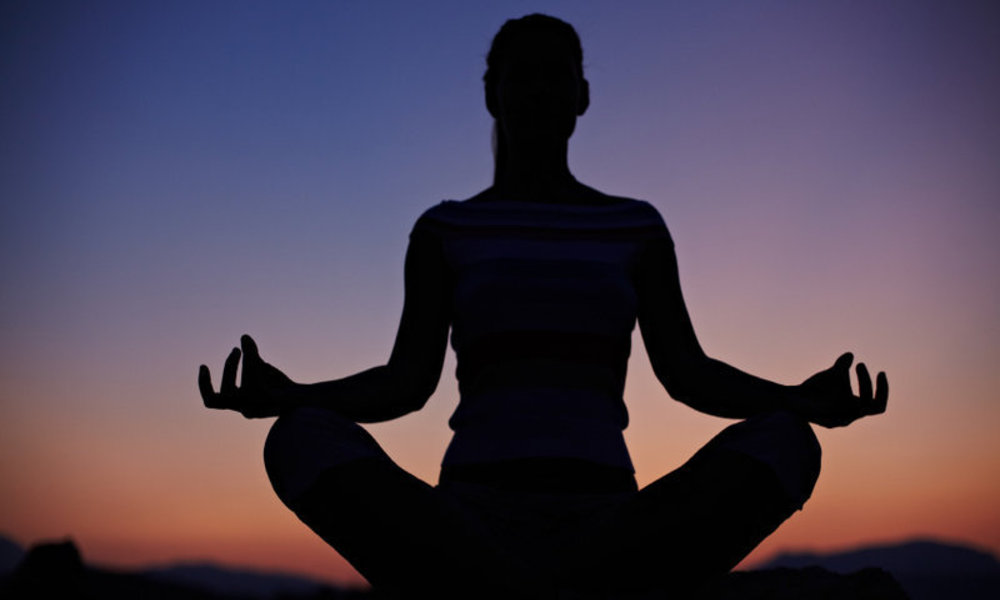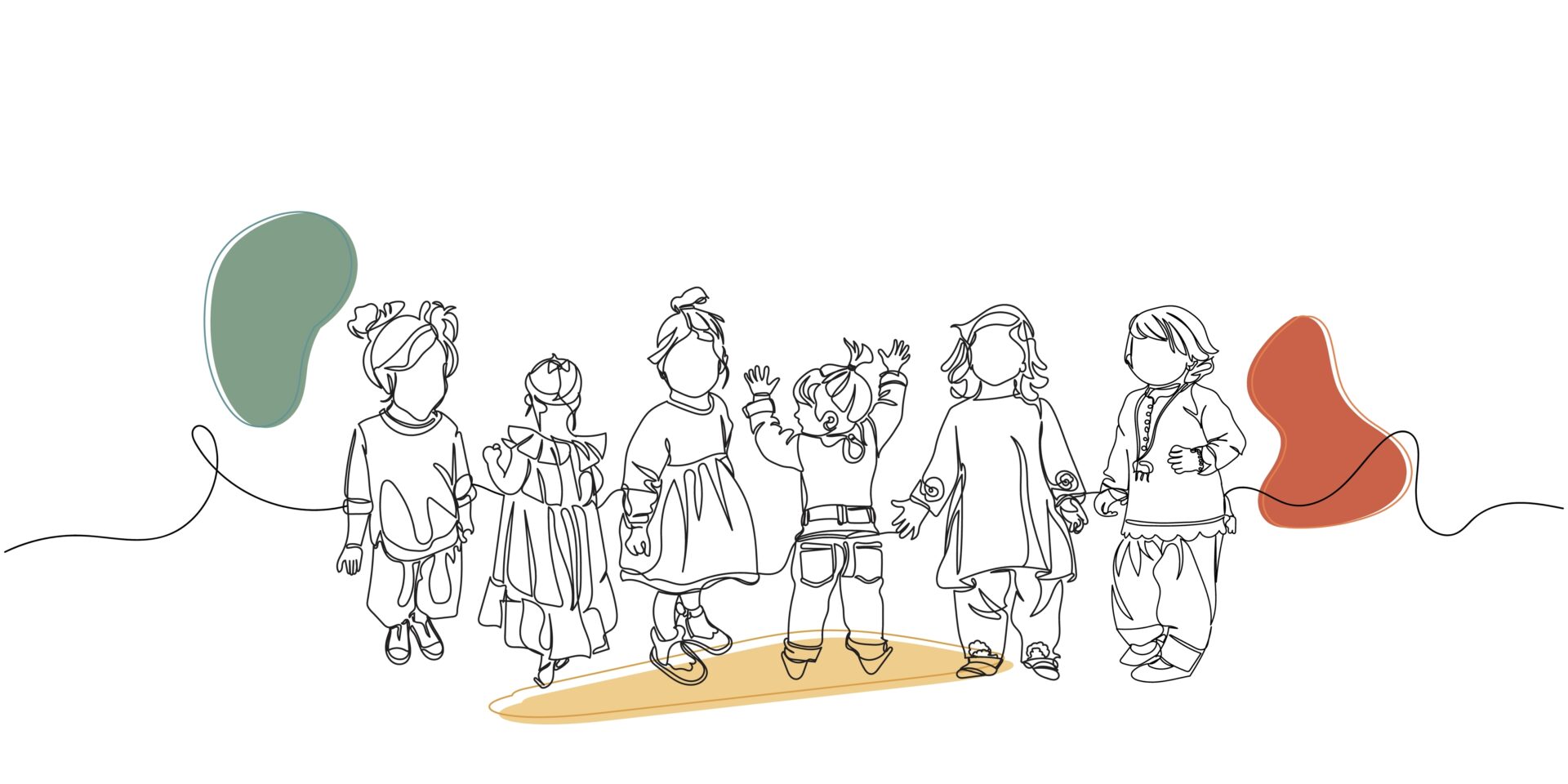Women have a wide range of emotions. On any given day, we can go through a whole spectrum of emotions. Feeling such emotions deeply is not problematic and you certainly aren’t crazy because you aren’t afraid to display them. Although, some people will have no reservations in calling you ‘emotional.’
Mental health is often brought up when displaying emotions in a strong manner but it’s rarely addressed in the Indian community. It is absolutely normal to express our emotions and exercise our range of emotions and our choice to cry or to demand our desires doesn’t make us weak or in need of a therapist. What it does mean is that our most basic desires are not being met and that we are unable to communicate these desires. It could also mean that or our egos are wounded because we feel that by not meeting our desires, the person we share such emotions with doesn’t care enough to do the things we ask for.
[Read Related: Opening Up to Mental Health Help Through the Practice of Yoga]
Cultivating a consistent mindfulness practice not only helps us communicate our emotions in healthier ways, but it also allows us to open the conversation around mental health in a more productive manner rather than shouting, crying, or passing on the blame. Through the practice of mindfulness, which is described as “the basic human ability to be fully present, aware of where we are and what we’re doing, and not overly reactive or overwhelmed by what’s going on around us,” we can cultivate habits that allow to better communicate emotions. Below are three steps on how to improve your mental health through the practice of mindfulness.
Step 1: Recognize the emotion (aka self-awareness)
Many people mistake boredom for loneliness and depression or sometimes, sadness for frustration and anger. The key is to tune into yourself and figure out what the root cause of the problem is and not necessarily the manifestations of the emotion. It is important to identify the core beliefs that we are trying to defend with this emotion. For instance, many people come to food, especially unhealthy snacks, as a way to distract themselves or to comfort themselves from the emotions they are facing whether it is loneliness, depression, or simply boredom.
Step 2: Recognize the situation that is causing the emotion (aka general awareness)
Once we start identifying these core beliefs and the emotions we are using to defend our core beliefs, we begin to see a pattern of thoughts and actions form. From there, we are more able to visualize how our thoughts and actions manifest in our day to day lives. We are faced with all sorts of situations and stressors every single day but when we bring awareness to our situations and our past conditioning to these situations, we are able to understand where these emotions are coming from.
[Read Related: South Asians Invented Mindfulness — But Do We Practice It, Too?]
Step 3: See if there were any other ways to handle the situation to prevent this emotion from arising in the first place.
The reason we resort to crying or shouting when our egos are hurt is that we are frustrated and misunderstood. Mindfulness is a tool that we can use to articulate and communicate our feelings in a way that others can understand where we are coming from. And now, maybe the next time you come into this situation, you will be able to communicate your needs efficiently and also be understanding and in tune to what others need from you.
Mindfulness is a practice and a tool. It is something that we cultivate into our lives with the goal of one day being able to consistently use this tool without much effort or resistance. We are not hot-wired to think and act mindfully. It’s so much easier to say something mean or hurtful and let it out but we come to the realization that the only person we are hurting with these destructive thoughts and actions are ourselves.
We are actually wired to think and act in the path of least resistance and most often, that path is riddled with anger, sadness, and fear. My hope and sincerest wish is that with a consistent practice of mindfulness, we will find the path of least resistance to be kind and gentle with ourselves and to understand and respect the basic needs of others.





